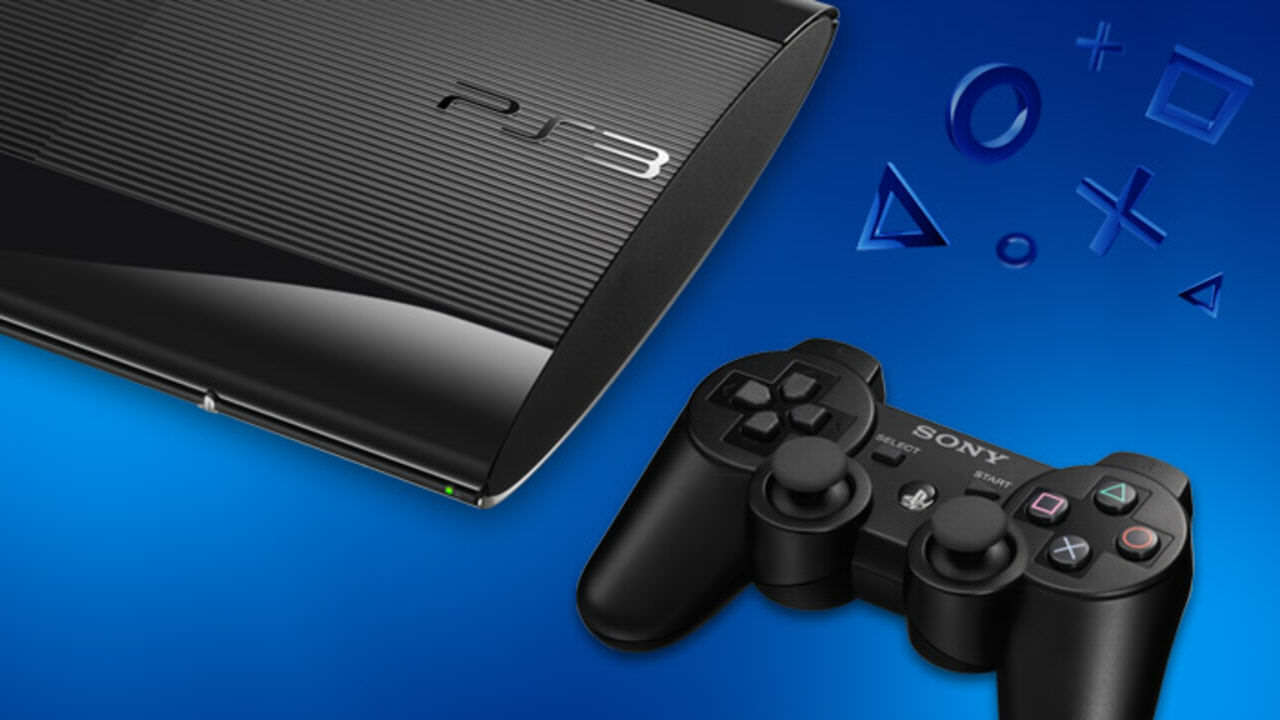Microsoft is releasing title after title on its backwards compatibility program and I hear folks on the Sony side of things clamoring for something similar, all the while bemoaning their PlayStation Now service. Whenever Sony announces new titles they catch a lot of flack for the shortcomings of Playstation Now. People want to download the titles and the price tag is perhaps double what it should be. There are also some who, against all odds, hold out hope that Sony will announce full backwards compatibility on one of their major press events. This prompted me to think about why it is very unlikely that the PS4 will ever be able to play PS3 games. Or why PS3 games won’t ever be playable outside of its original system, for that matter. But to do this, let’s take a look at how processors, and in particular multicore processors work with games.
The heart of any computer system is its processor. It is usually an Intel and sometimes an AMD. Simplified, the processor takes care of all the calculations needed to make a computer work. The thing is, a processor can only do one thing at a time. It needs to finish a calculation before it can go on to something else. If the process is interrupted, it needs to be saved into memory, either the small cash memory (usually 8MB) on the processor or to the RAM memory (several gigabytes). This means that whenever you change programs or even windows in Windows, the processor needs to pause and save to memory to deal with whatever you want it to do now. Slowdowns and hiccups in this usually stems from memory and the processor not being able to keep up with what it is asked to do. This posed a problem, and in the early days some motherboard makers would strap on several full processors to get around it. This was not the most elegant solution though, which led to a lot of stability problems and choke points in the way data was transferred between memory and the two processors. And it was a very expensive thing to put together. Then came the multi-core processors: basically, they put more processors inside one single processor unit, mitigating the problem with parallel data transfers and so on.
Multi-core systems together with something called Hyper-Threading is why you today can alt+tab in Windows, switch active programs and still have an acceptable performance. In the old days, having multiple browser windows open could actually seriously affect performance and switching quickly between them could lead to all kinds of things happening. So, having multiple cores working together is great. When it comes to games though, the story is a bit different.
It is only recently that any game at all has been able to take advantage of having multiple processor cores. This is because games are one of the more intensive things you can do on a computer and it takes a lot of power. Theoretically, dividing up the tasks would make for greater performance but it needs to be accounted for in the way the game is programmed and designed. The cores have to be completely synced and able to talk to each other and the system memory in a fast enough way so that a game can function in real time. Additionally, it also makes it more difficult to port your code to another system if they do not have the same array of CPUs. If you code for a 4 core system and want it to run on a 2 core system, it will be a lot of work to make that fly. So, for the longest time, games stuck to utilizing only 1 core to keep everything stable and easy to handle. This is also the reason why you don’t need a Core i7 for gaming today. Most games simply don’t take advantage of multicore processing above 4 cores, which is what the i5 has. Editing software usually does take advantage of it so if you are doing photo or video editing on a large scale it could be worth the investment.
The last generation with the 360 and PS3 started introducing some multi-core systems to the general market. The problem PlayStation had though, was that the 360 used 4 equally fast cores while the PS3 had a system using 8 cores. While 8 cores sounds better, and it is if used properly, the PS3’s processors were not equally fast. The PS3 used 1 fast main core and 7 slower cores to help out, which required some serious resource allocation and a careful division of labor to make everything run smoothly and calculations to be delivered on time. After all, the calculation for the physics of a gunshot and the damage it does has to be delivered at the same time in a game. Additionally, the 360 used a standard processor which was more akin to the ones we have in normal PCs and Mac computers. Since all video games are programmed on a PC first, it was way easier for developers to take the code that was running on a PC and make it play nice with a 360 than it was for them to take it to the PS3.
So, what does this have to do with backwards compatibility?

Well, now both the PS4 and the Xbox One are running on normal PC processors. This makes for great compatibility for third-party games and is probably a big reason why so many smaller indie games can be released on the systems almost at the same time as the PC. The difference though, is that Microsoft has used the same architecture for both their systems which make it much easier to port and move code forward. You can think about it like trying to run older Windows versions on your current computer. The further back you go, the trickier it gets, but it works for the most time.
Microsoft also has a lot of experience with this kind of software compatibility and coming up with smart software solutions in general. Sony, on the other hand, has the legacy of the prestige machine they built back in 2006. A beautiful, hefty and powerful machine, but it is not similar to anything else on the market and certainly not a PC. Moreover, being primarily a hardware company, Sony simply doesn’t have the legacy and the knowhow to do that kind of programming that Microsoft are able to do. To get around this, they have Playstation Now, a system that runs surprisingly well for what it is. There is, however, no emulation being done on PlayStation Now. Sony has server farms full of PS3s, which is quite expensive. It would be far more economical to emulate the PS3 and be done with it but the fact that they haven’t is telling. That and the fact that the clients have to be relatively close to the servers are probably the biggest reasons for the steep price tag and the lack of distribution across the world, including the slim pickings in Europe where currently only three countries have access to the service.
There still might be some hope though, recently some footage of emulated PS3 games have made its way onto the internet and it actually looks half decent. I suspect, though, that the hassle with processors and the mystic ways developers had to solve them, will prevent it from becoming usable anytime soon, if at all. So, don’t get your hopes up that Sony will announce anything this E3 that has to do with backwards compatibility. It is most likely technically impossible for Sony to solve. What should give people some pause, though, is why Windows 10 isn’t able to play 360 games at this point, because that is most likely just business bullshit.
Some of the coverage you find on Cultured Vultures contains affiliate links, which provide us with small commissions based on purchases made from visiting our site.


